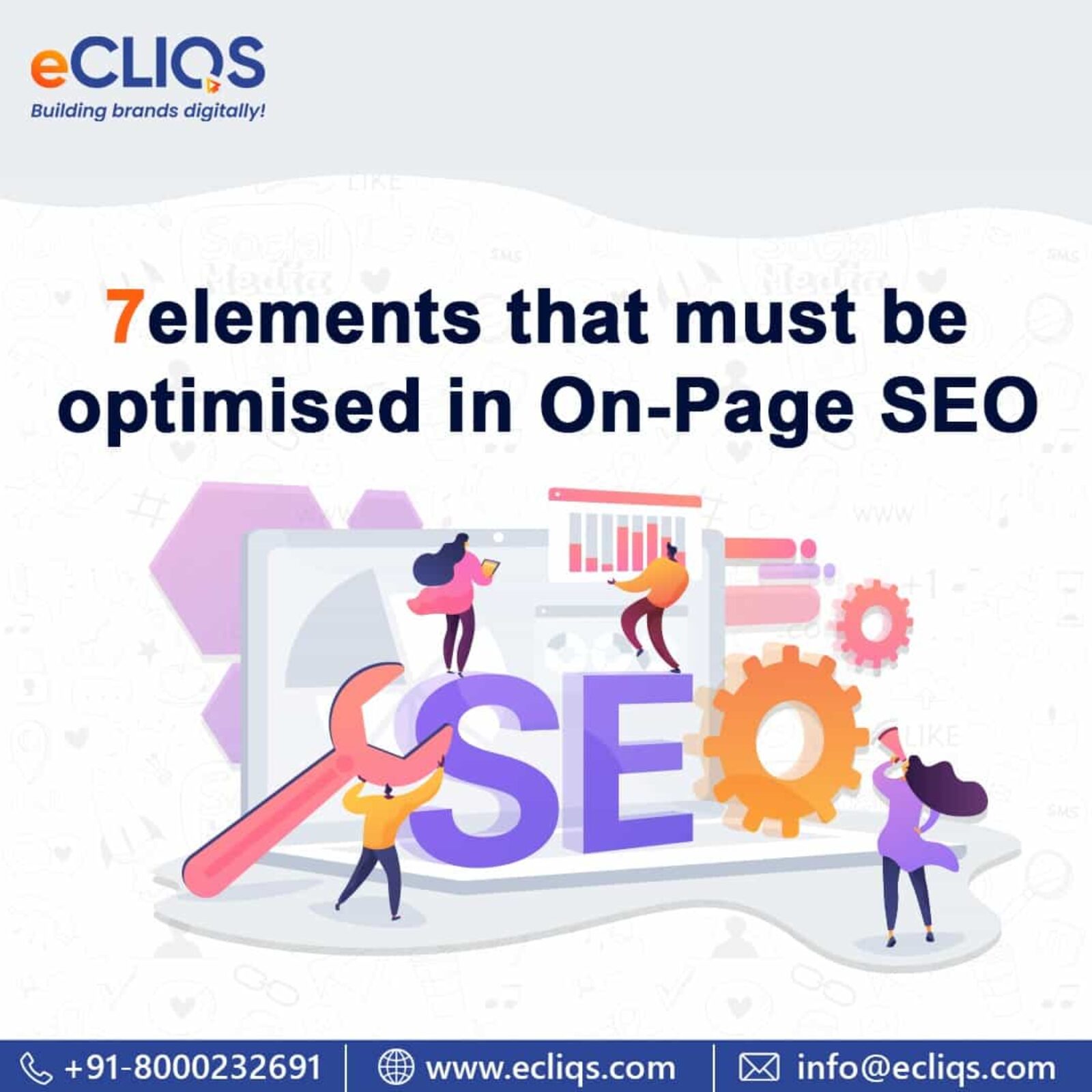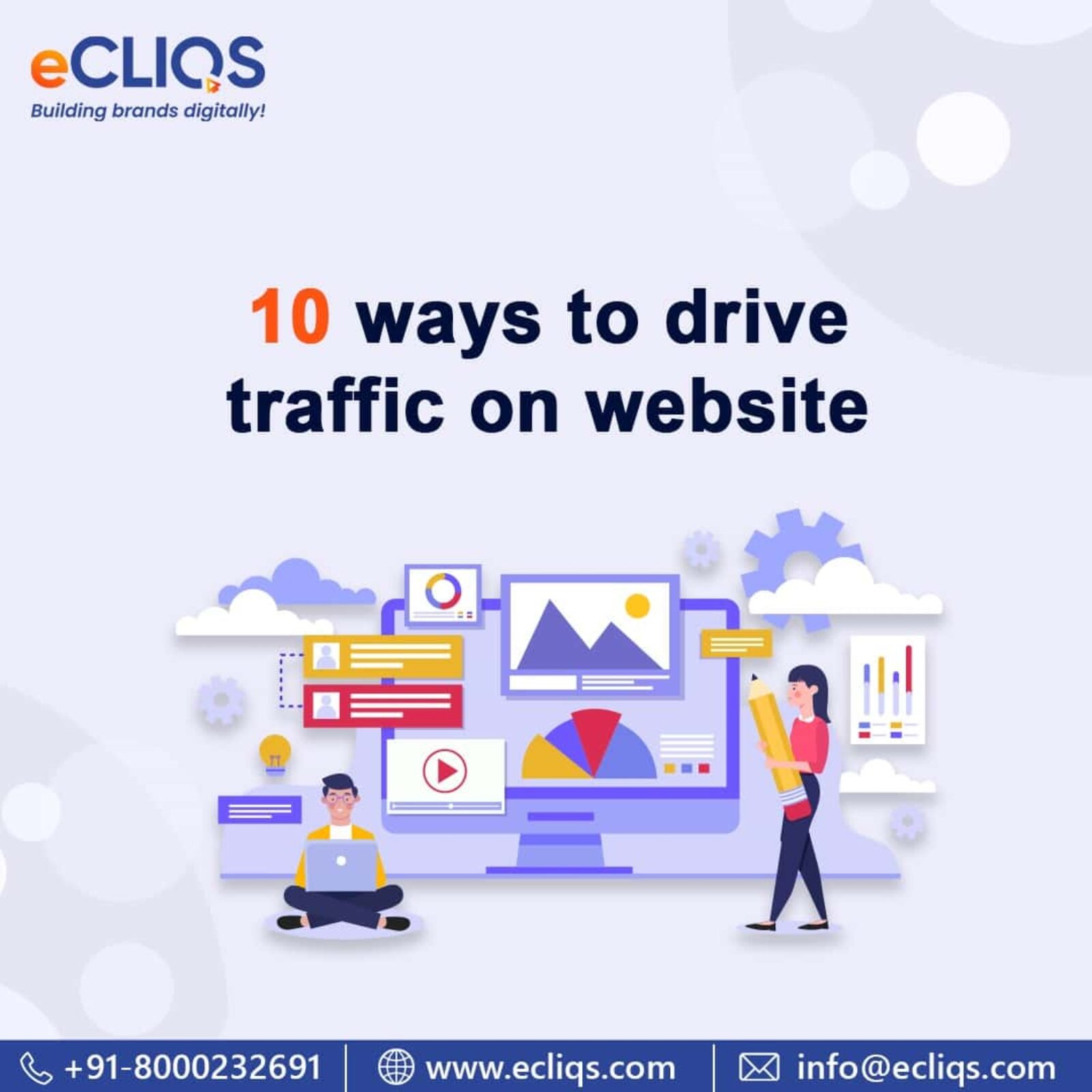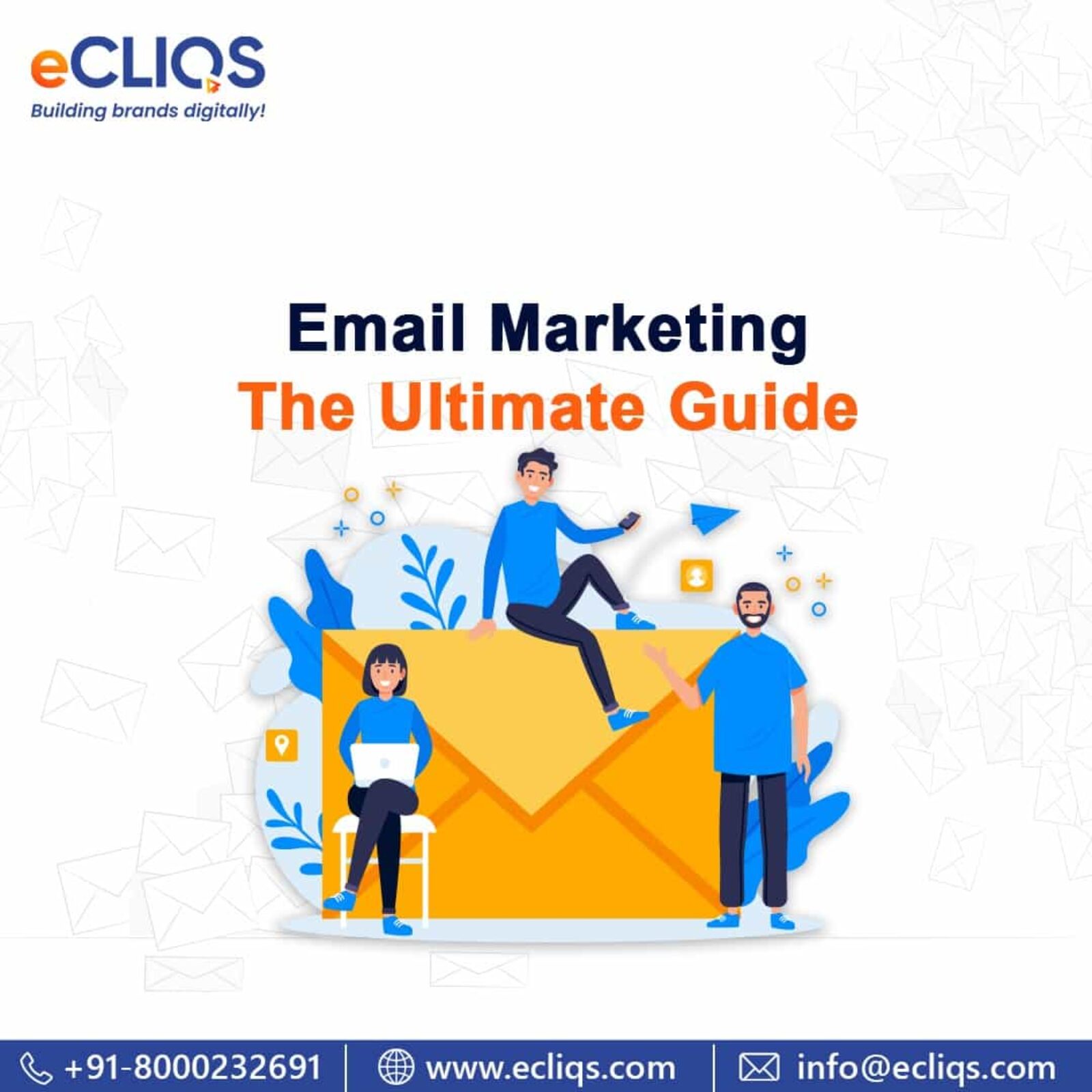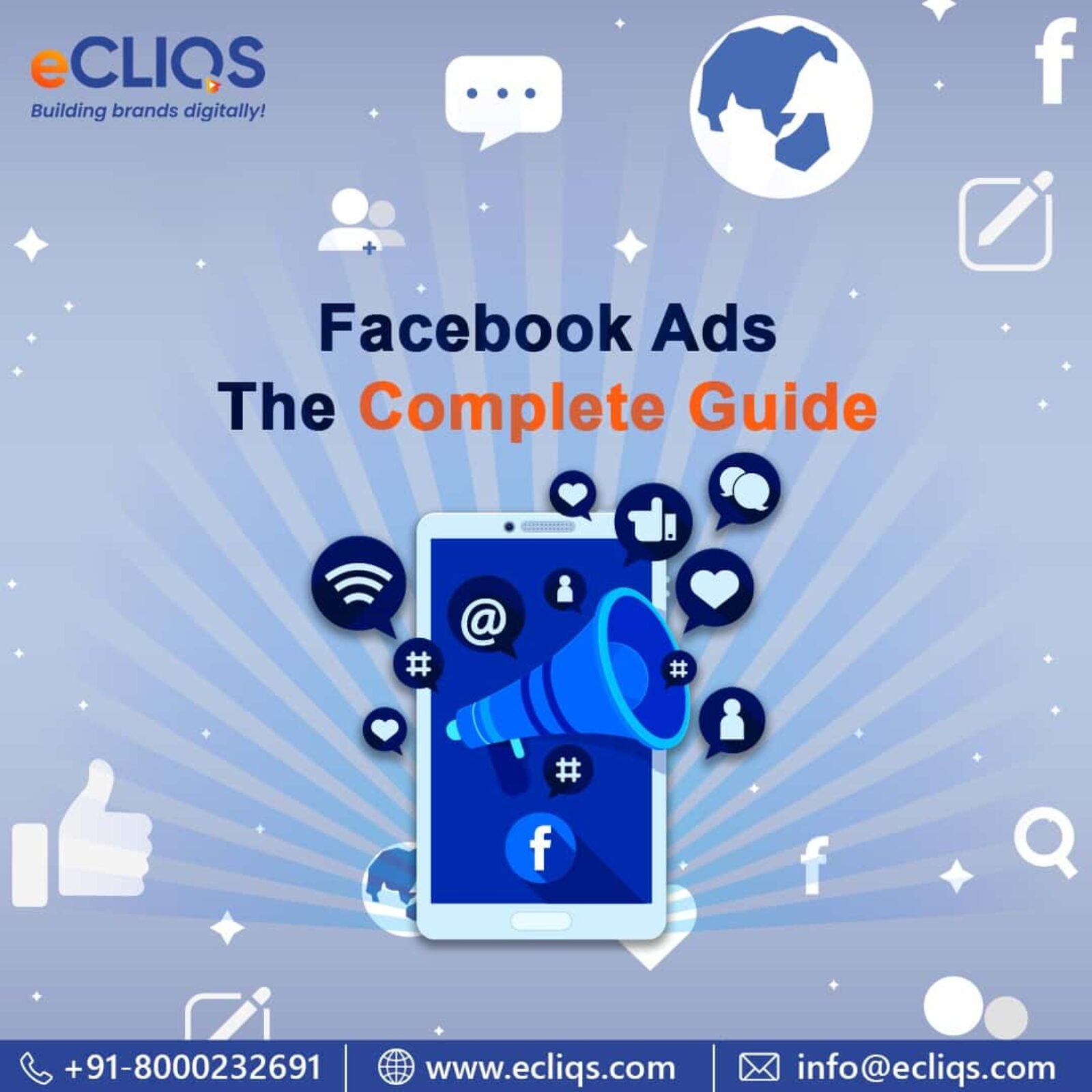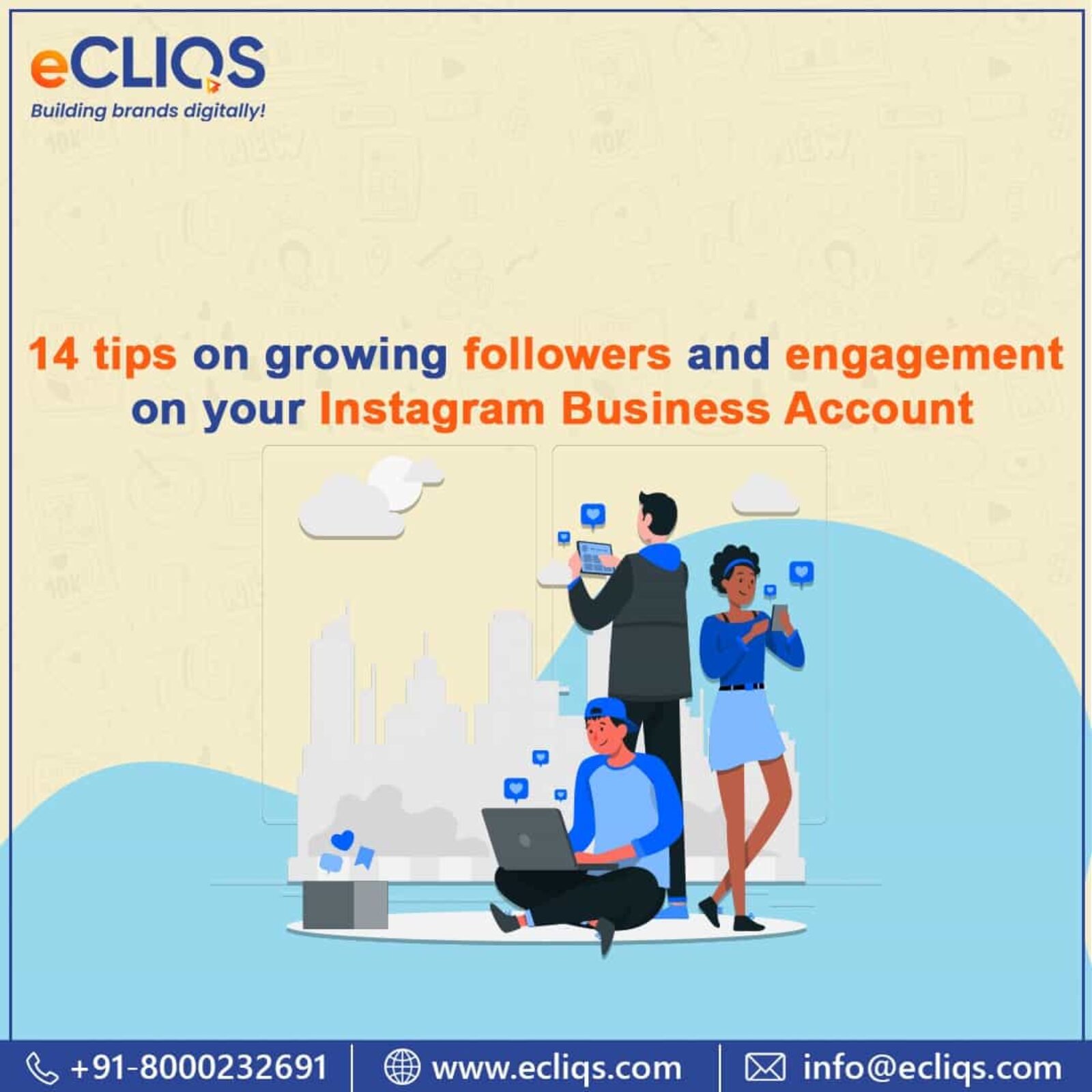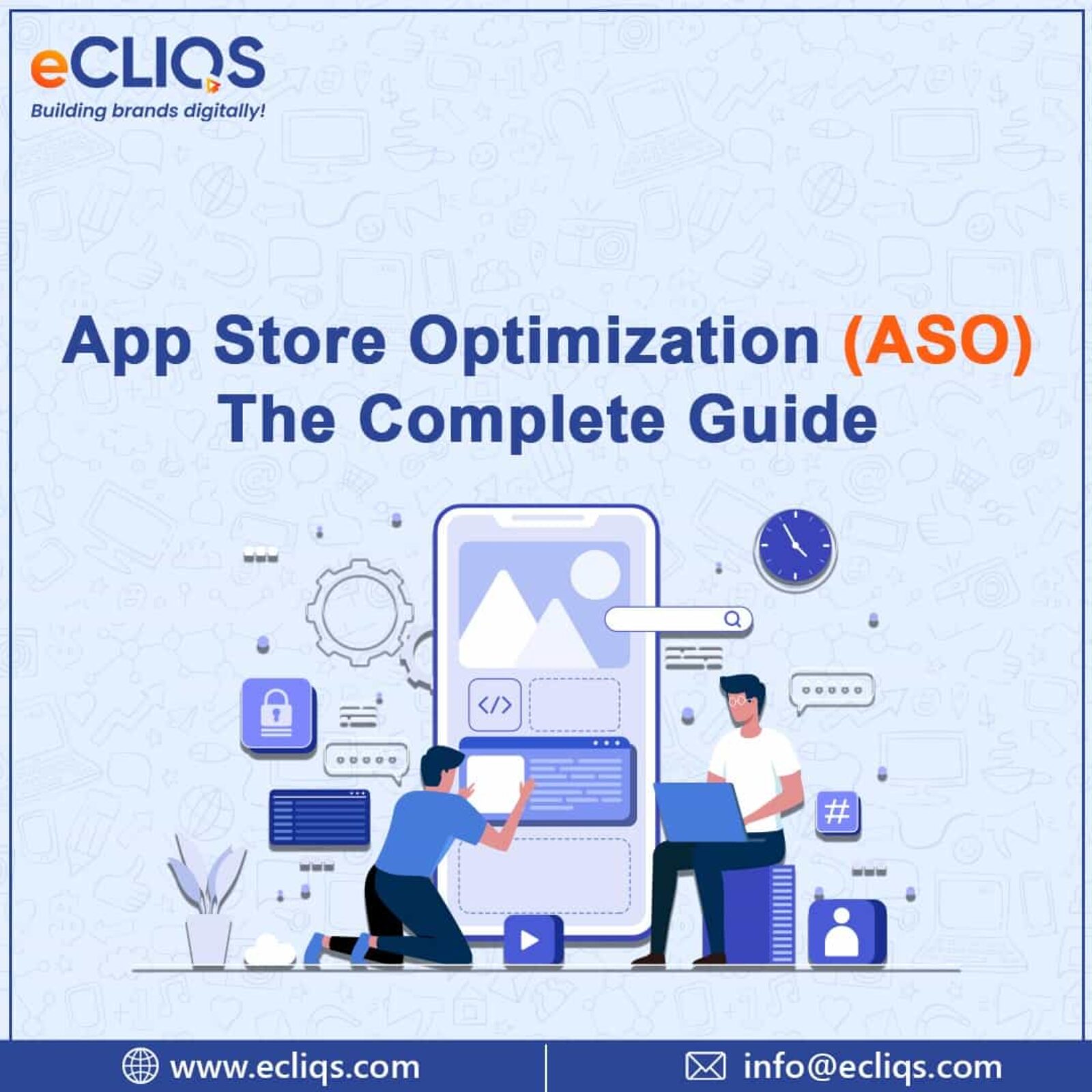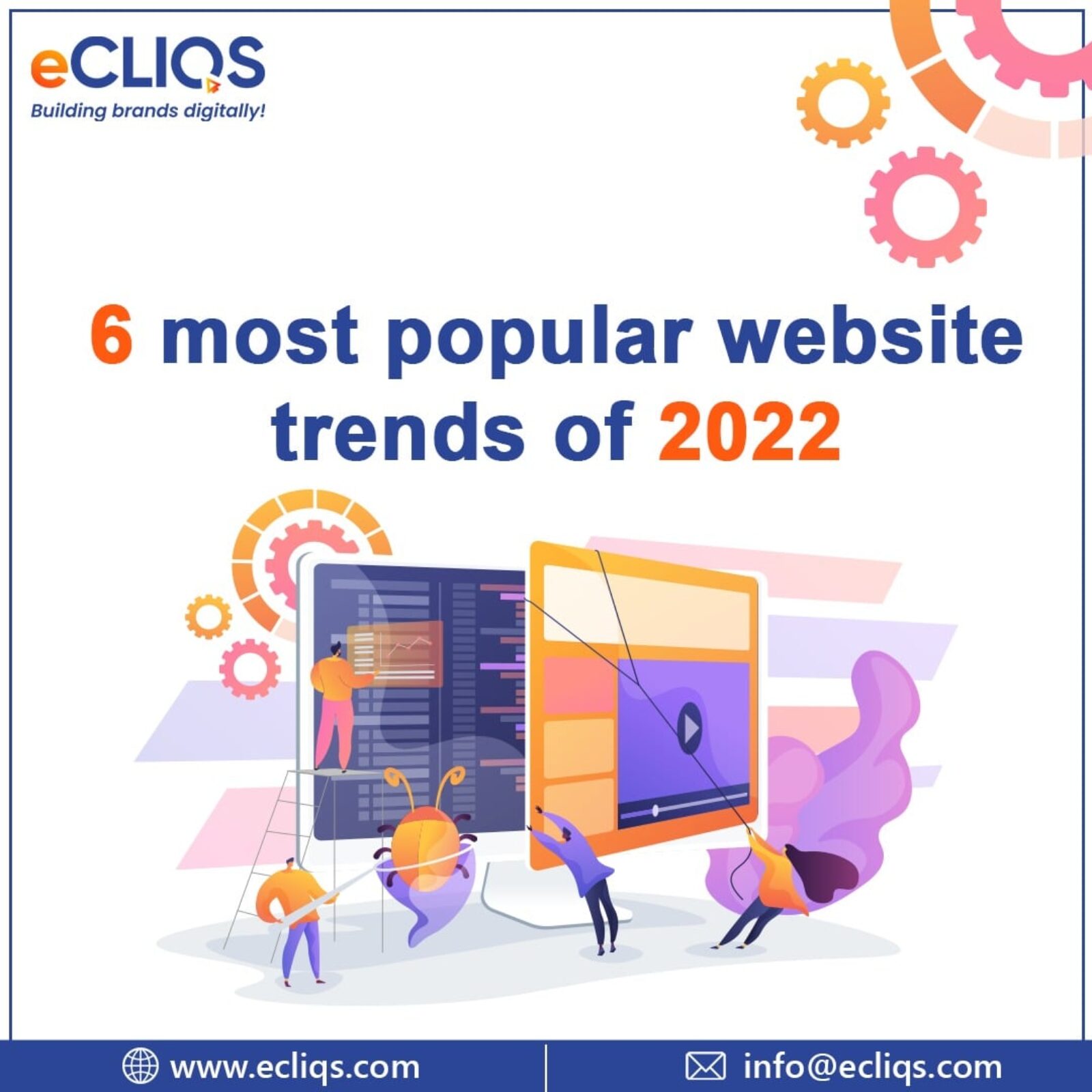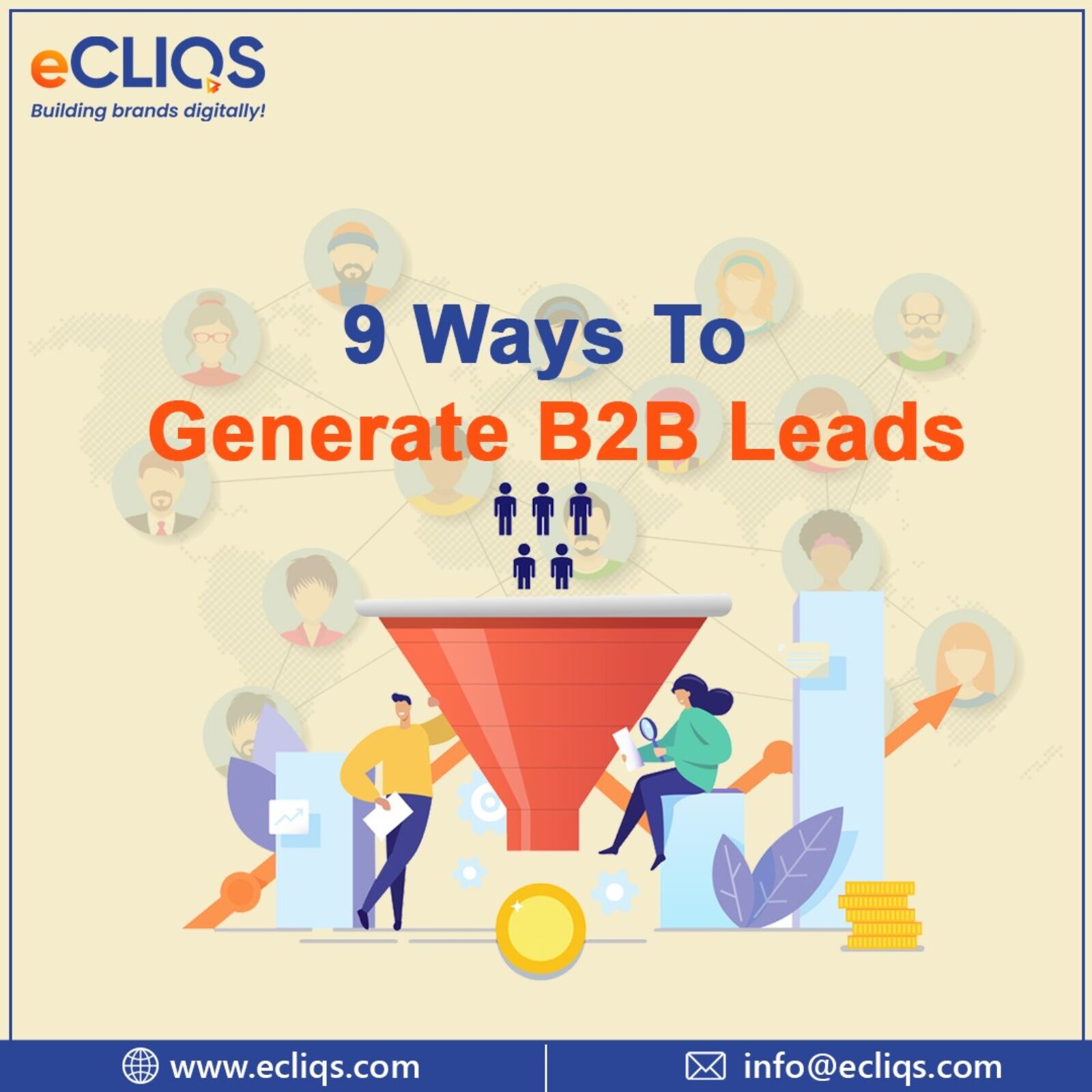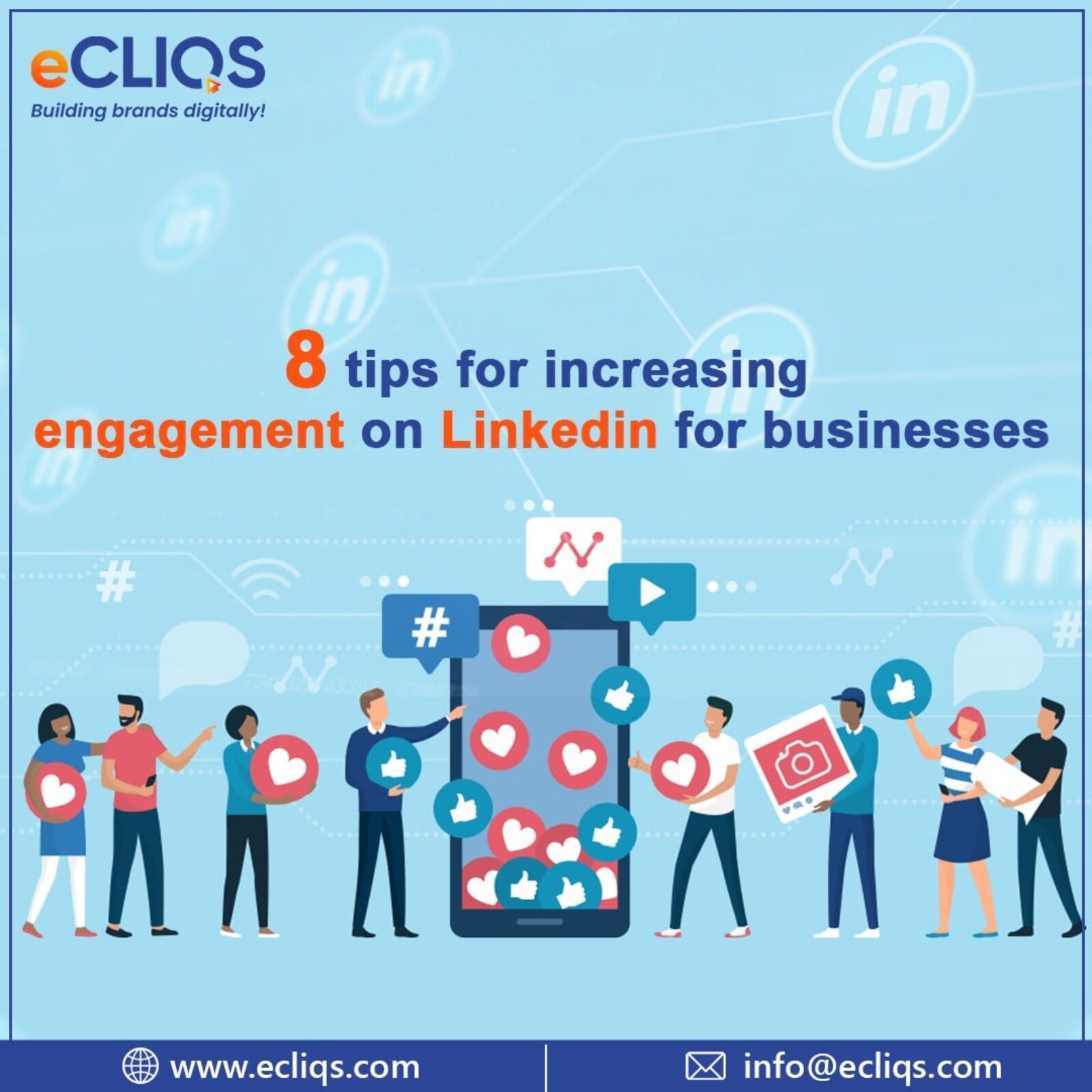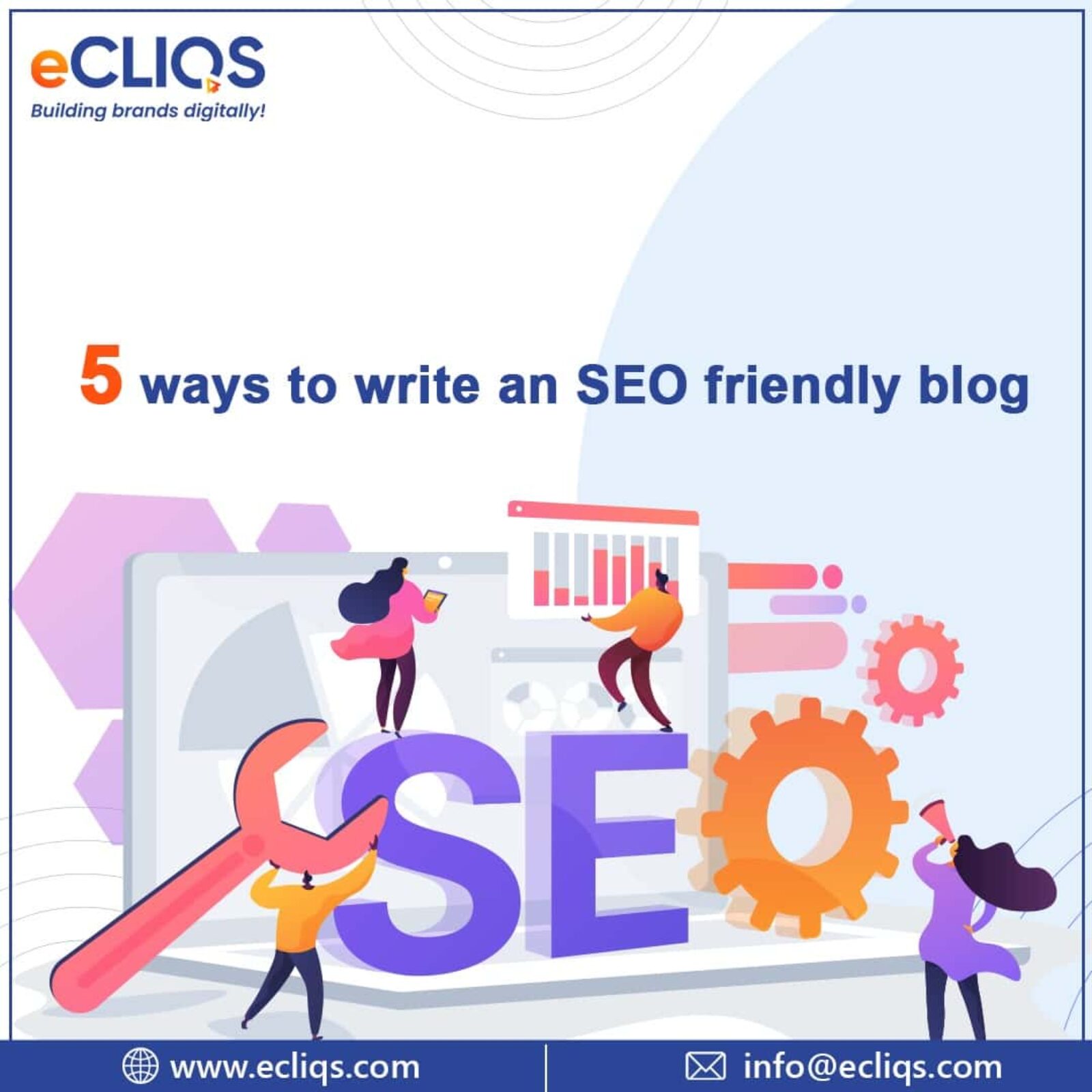7 Elements that must be Optimized in On-Page SEO
With over 1.5 billion existing websites and more than 2 million articles being posted every day, ranking high in SERPs has become more difficult than ever. Most of the good websites use SEO for better rankings and high traffic. These stats are enough to understand that with...
10 Ways to Drive Traffic on a Website
Many businesses fail to come up with new and innovative techniques to increase web traffic. Every entrepreneur wants more and more traffic on their website. More traffic means more business. They invest their precious time and effort painstakingly setting up the website....
Email Marketing – The Ultimate Guide
Emails, despite being the oldest form of digital communication, still reign the top spot when it comes to usage. It is still used to build authentic connections with customers to keep the business alive.With a user base of over 4 billion people (source: Statistica), emails...
Facebook Ads – The Complete Guide
Facebook has been around for a while, and it has been one of the most popular social media platforms. In the US, 70% of Facebook users log in daily (source: wordstream.com). So running Facebook ads is one exceptional way to boost business. These ad campaigns are easy to track...
14 Tips to Grow Followers and Engagement on your Instagram Business Account
Engagement and followers are a form of currency in the social media world. While there are a lot of social media platforms to promote your business, with over a million users Instagram remains the sweetheart of the social media world especially for B2C brands targeting...
App Store Optimization – The Complete Guide
There are billions of mobile users globally. And this number is constantly increasing year by year. What this means is that the market for the creation and purchasing of apps is also increasing. With more than 2.6 million apps in Google Play Store and over 2 million apps in...
6 Most Popular Website Trends of 2022
Technology is changing fast and so are the website trends. What used to be modern and innovative are now being called boring and tired. So it’s necessary to have an idea about the latest trends so that your website doesn’t look outdated and lacks critical website...
9 Ways to generate B2B leads
Leads can be very important for any business especially businesses targeting businesses. Generating leads can make or break any business. But generating B2B lead isn’t easy. With growing competition where all the companies promise to provide the most amount of benefits...
8 tips for increasing engagement on LinkedIn for Businesses
Over 55 million companies and 740 million users are currently present on LinkedIn(source: kinsta.com). LinkedIn is the most preferred social platform for most B2B marketers. According to marketing charts, 86% of respondents say that they use LinkedIn more than any other...
5 ways to write an SEO friendly blog
Writing a blog post that is well optimized for both reader and the search engine is a skill. It often gets time-consuming. Choosing the right topic for better engagement with the reader is an important part of writing an SEO blog. Use of the right set of SEO rules is...

